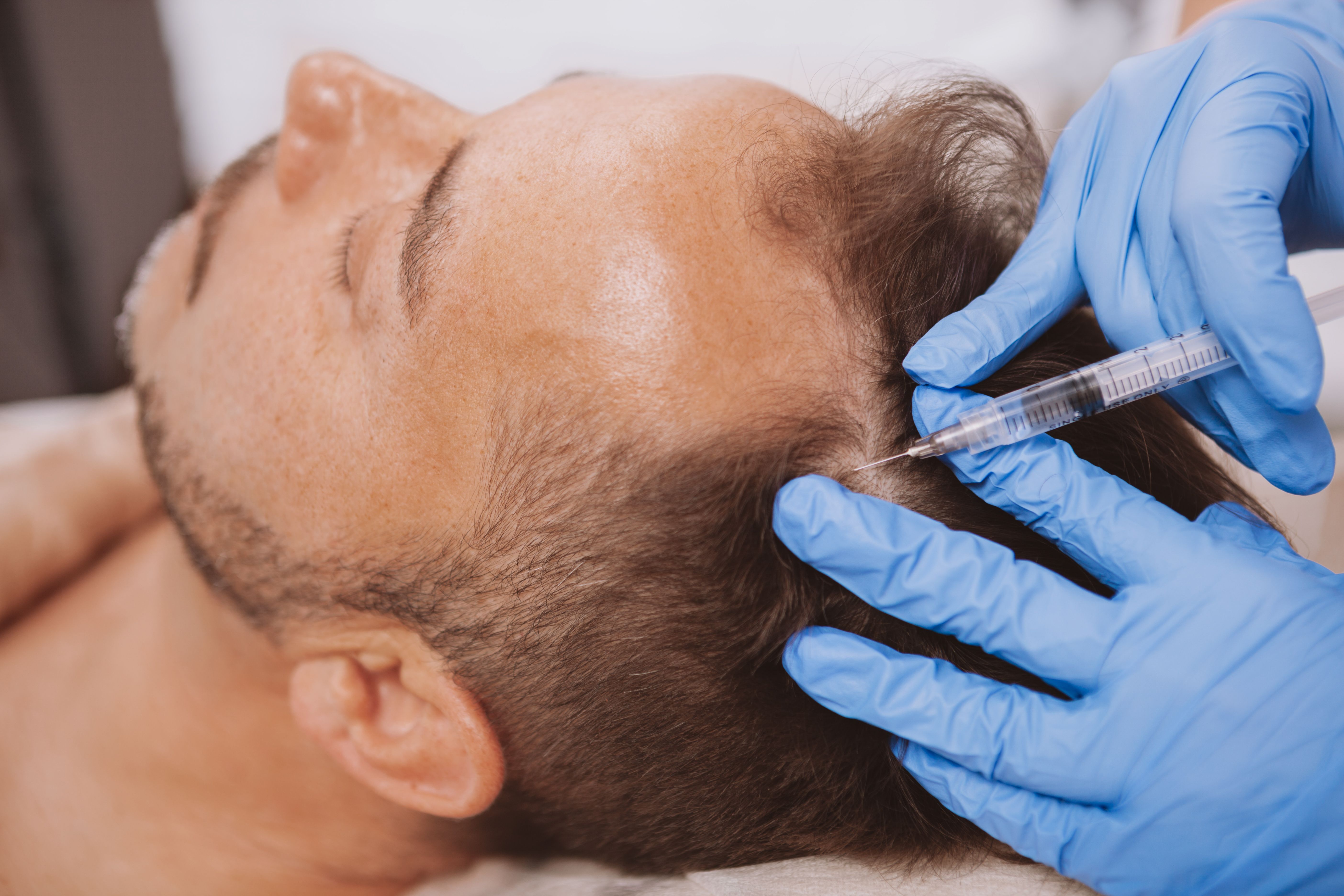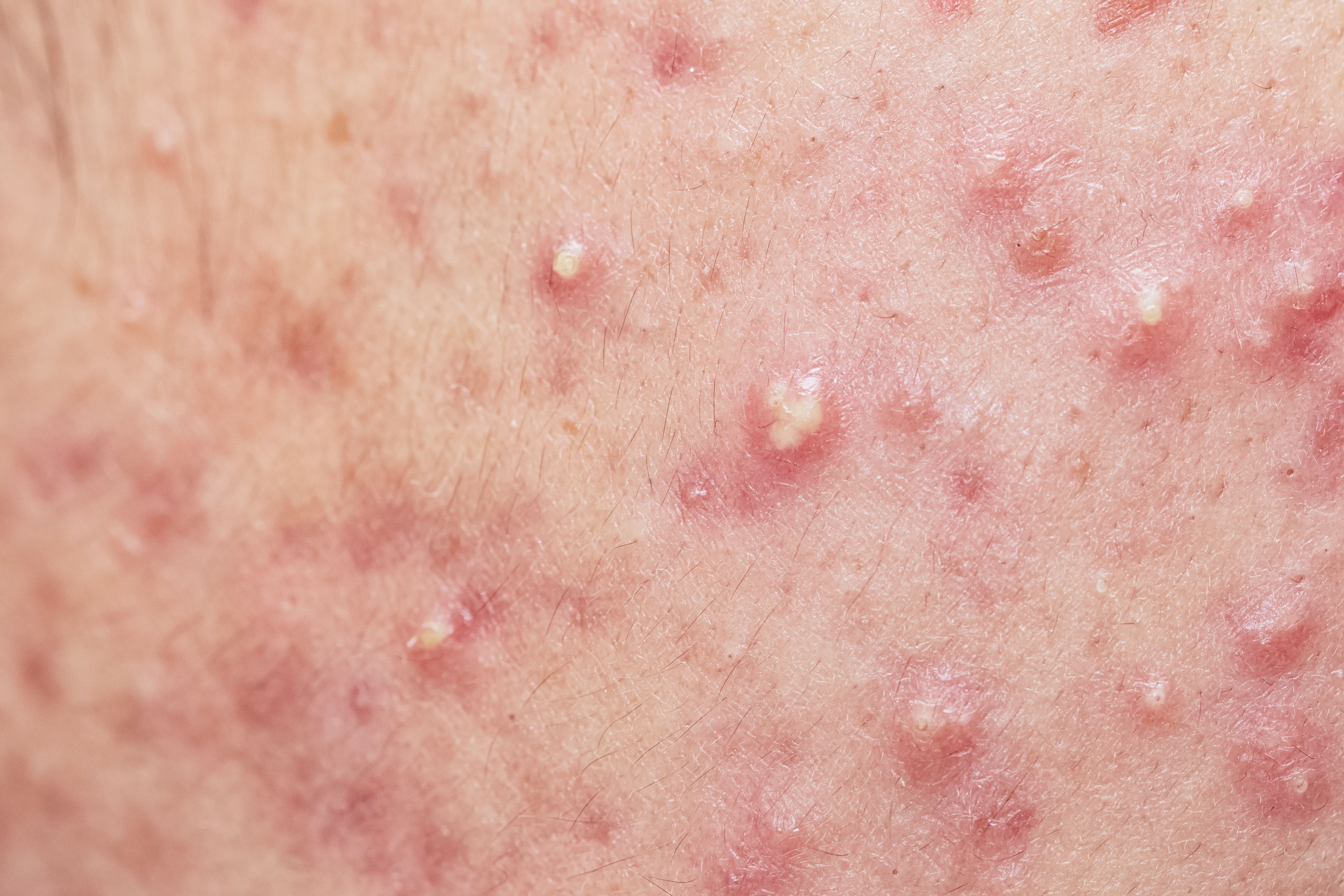- General Dermatology
- Eczema
- Chronic Hand Eczema
- Alopecia
- Aesthetics
- Vitiligo
- COVID-19
- Actinic Keratosis
- Precision Medicine and Biologics
- Rare Disease
- Wound Care
- Rosacea
- Psoriasis
- Psoriatic Arthritis
- Atopic Dermatitis
- Melasma
- NP and PA
- Skin Cancer
- Hidradenitis Suppurativa
- Drug Watch
- Pigmentary Disorders
- Acne
- Pediatric Dermatology
- Practice Management
- Prurigo Nodularis
Article
Time for change: Topical arsenal narrows for menopausal skin
Author(s):
Vitamins A and C have become the frontline treatments for menopausal skin.

Key Points

"Yes," she says, "the skin does thin, and it's a slippery slope."
According to Dr. Farris, there are two basic vectors for skin change - the sun and the intrinsic aging process. Hormonal changes leading up to and following menopause fall in the latter category.
"This causes a thinning of the skin and an accentuation of wrinkling. In the elderly, it's a particular problem, because thin skin is easily bruised and damaged," Dr. Farris says.
Remedies
For years, dermatologists were keen on the use of estrogens, and some still prescribe topical creams. However, a study recently published in the Archives of Dermatology (Arch Dermatol. 2008 Sep;144(9):1129-1140) by a team from the University of Michigan Health System, Ann Arbor, Mich., indicates that topical estradiol has no significant impact on collagen production in skin that is chronically exposed to sun - the topography that matters most.
Clinical study
Laure Rittié, Ph.D., a research investigator in the University of Michigan's department of dermatology and lead author of the study, says her team became interested in the subject after noting a flaw in previous research.
"The studies had all been done on sun-protected areas of the skin, like the thigh or abdomen," Dr. Rittié says.
"We wanted to find out if topical estrogen would increase collagen in sun-affected areas," she adds.
The team recruited a cohort of 40 women who were at least five years postmenopausal and had not used estrogen or any other anti-aging cream. The subjects' average age was 75 with a span of 50 to 94 years.
They also recruited an age-matched cohort of 30 men. Why involve men in a menopausal study?
"We know that men have more estrogen than post-menopausal women, and thought we might find something interesting about the mechanism of aging," Dr. Rittié says.
Investigators rated patients for sun damage. Only two fell into the moderate category. The rest had moderate-to-severe or severe photodamage.
Skin biopsies were conducted before and after treatment. Researchers applied estradiol (a potent, active form of estrogen) with occlusion every other day on patients' hips and forearms. Patients applied a topical formulation of estradiol on their own faces twice daily.
Doses were 0.01 percent, 0.1 percent, 1.0 percent, 2.5 percent, or zero estradiol (placebo).
The study lasted for two weeks. Researchers considered that duration adequate, because retinoid creams and laser therapies stimulate collagen production within 14 days.
Consistent with earlier studies, estradiol did stimulate collagen I and III production in sun-protected female skin. However, collagen levels in photoaged skin did not improve with treatment - for males or females - regardless of the dosage of estradiol.





